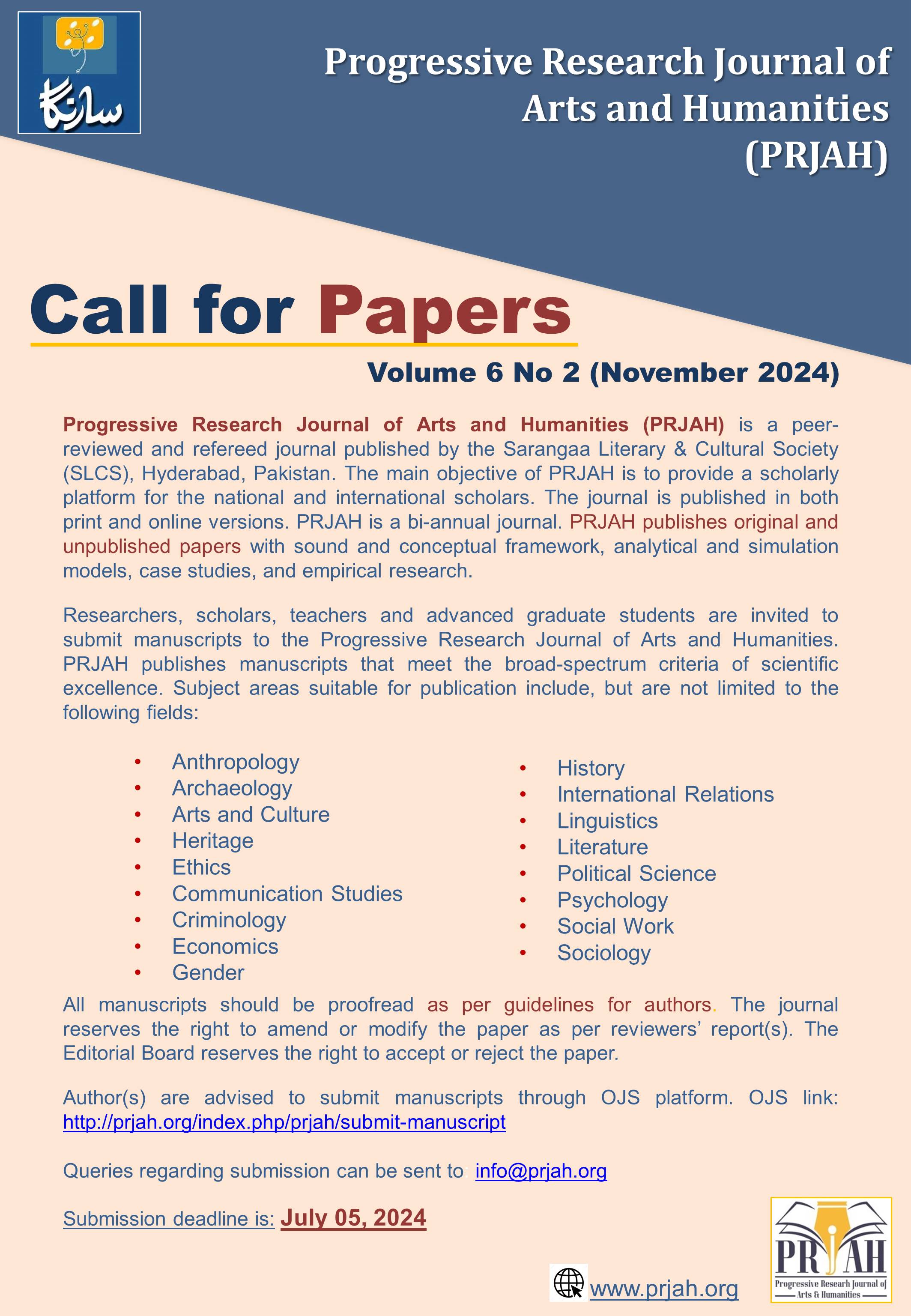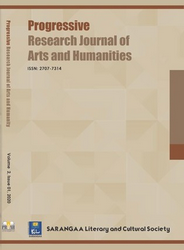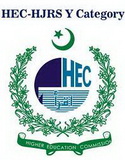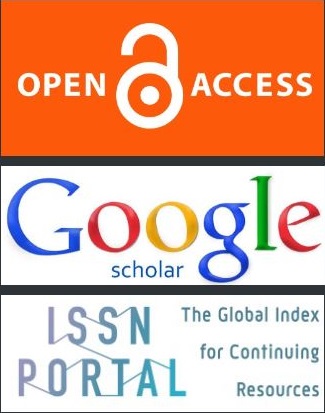Investor Protection and Agency Theory in Corporate Governance in Pakistan
DOI:
https://doi.org/10.51872/prjah.vol3.Iss1.79Keywords:
Corporate Law; Corporate Governance; Minority Protections; Agency Cost; PakistanAbstract
The paper discusses the minority shareholders’ protection under the quantum of agency cost in corporate governance in Pakistan. The agency theory states that in most of the cases, the controlling shareholders and the top management are normally involved in expropriating the funds of the company. This phenomenon increases the agency cost. The agency cost is directly proportional to the cost of functioning of the company. In other words, the
agency cost is inversely proportional to the profit of the company. According to the agency theory, if the agency cost is decreased, the profit for investor increases. The Pakistani corporate sector is dominated by the business families, the state and an opportunity to get the private benefits at the cost of other stakeholders. There are the different mechanisms as discussed and
applied around the world to minimize the agency cost so as to make company
financially strong and better profit for the investors. In Pakistan, the agency
cost is very high. Hence, there is a need to revamp the corporate governance
mechanism to reduce the agency cost in order to provide a better protection to
minority shareholders in a particular in the context of the global trend keeping
in the view of the nature of corporate structure in Pakistan.







